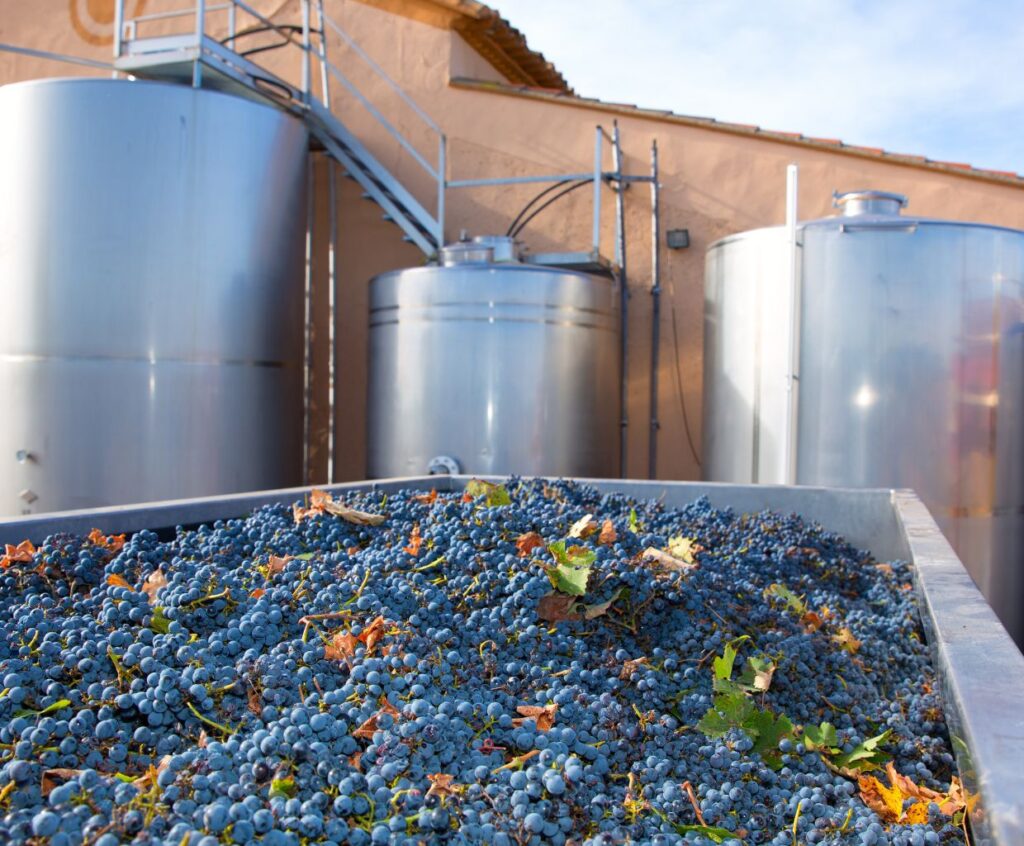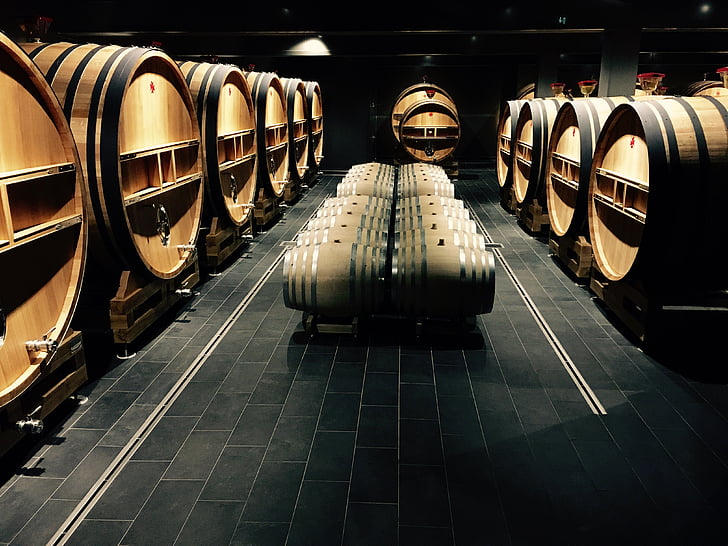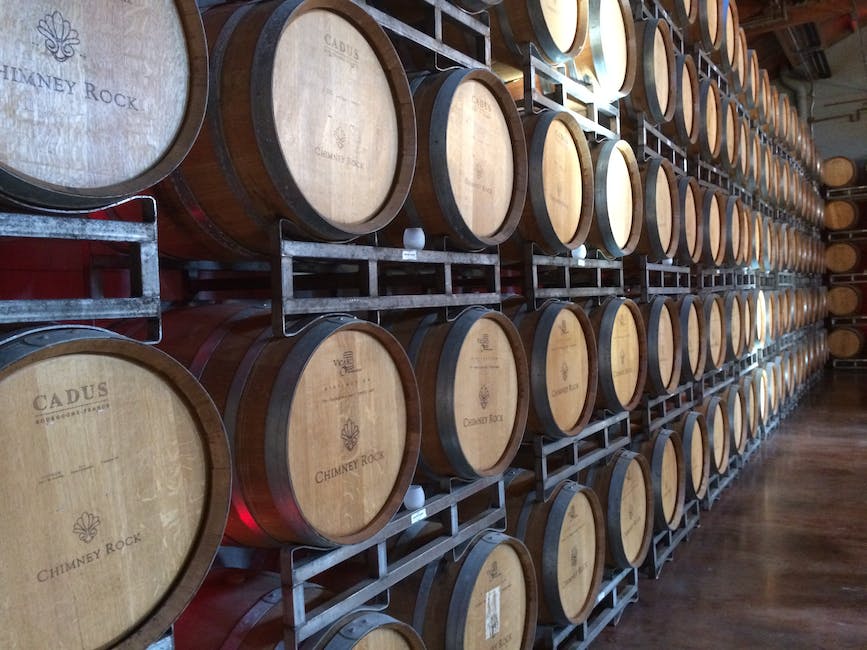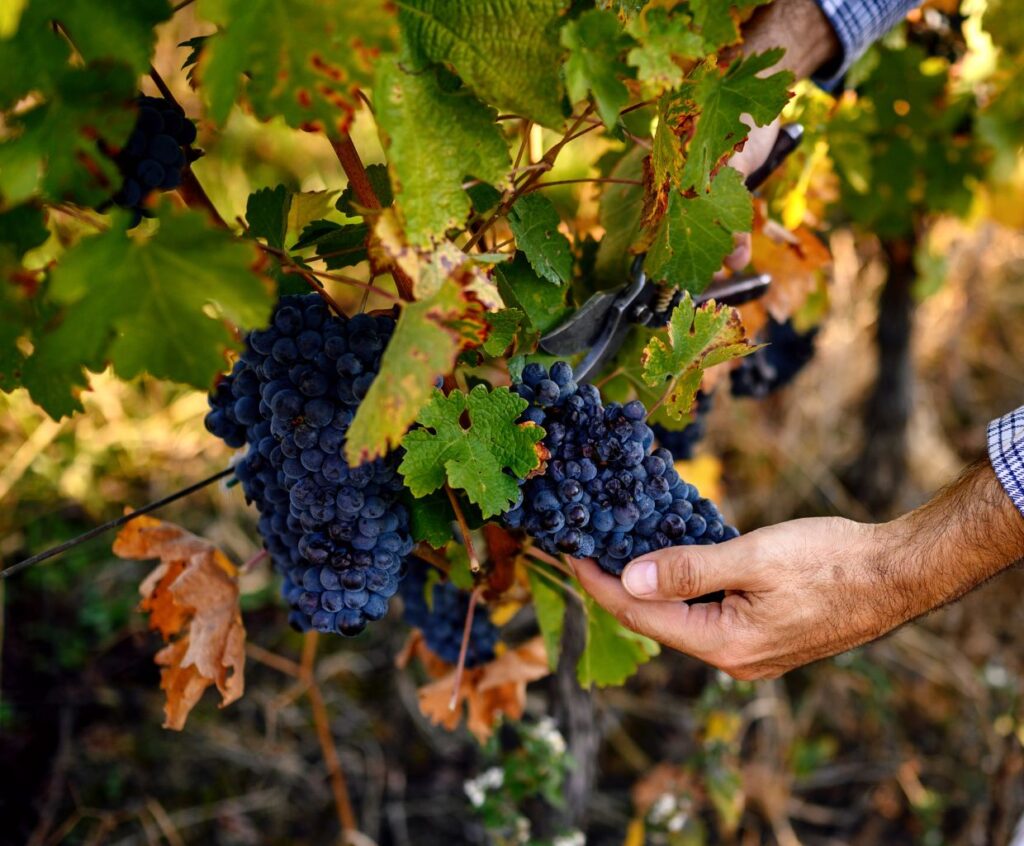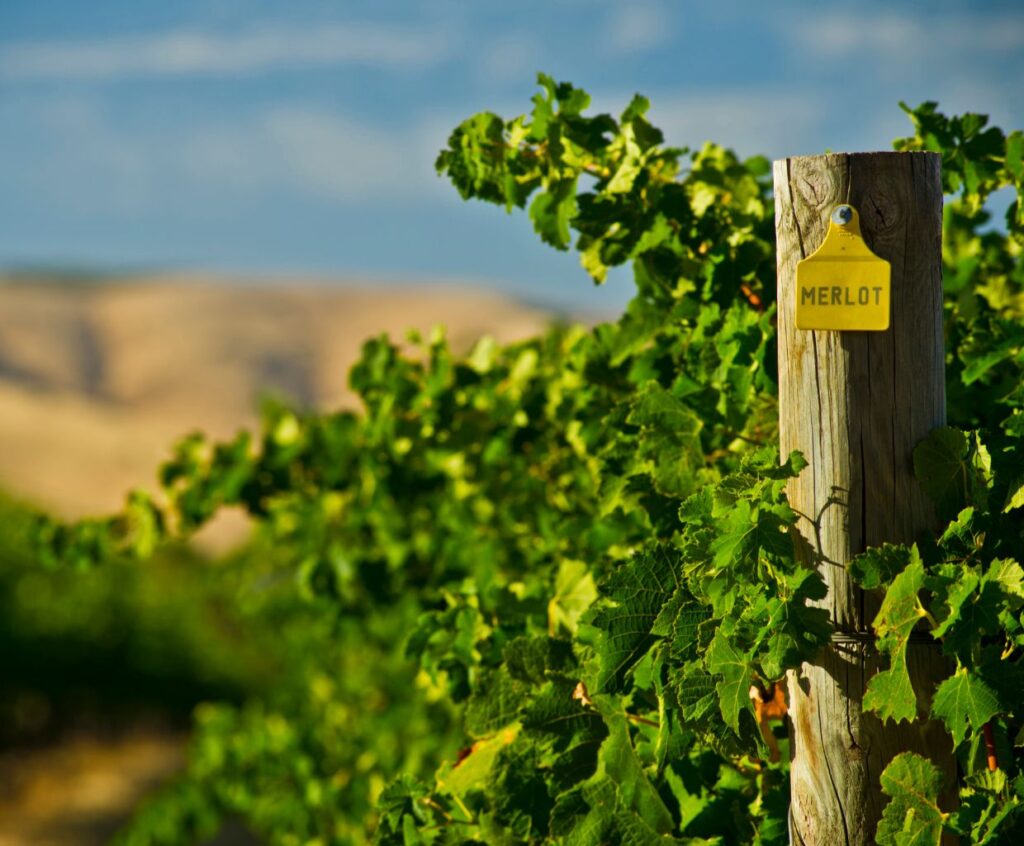Winemaking Artistry: The Magic of Blending Merlot and Cabernet Sauvignon
Have you ever wondered why some wines taste so exquisite and complex? The answer lies in winemaking, where skilled vintners carefully blend different grape varieties to create a harmonious symphony of flavors.
One such magical combination is the blending of Merlot and Cabernet Sauvignon, two red wine grapes that complement each other beautifully.
The Versatility of Merlot
Merlot, known for its smoothness and approachability, brings unique characteristics to the blend. With its luscious fruit flavors of blackberry, plum, and cherry, Merlot adds a touch of sweetness and richness to the wine. It also contributes velvety tannins, which provide a soft mouthfeel and help the wine age gracefully.
The Boldness of Cabernet Sauvignon
On the other hand, Cabernet Sauvignon is renowned for its boldness and structure. This grape variety brings intense flavors of blackcurrant, cherry, and pepper. It adds robust tannins and a firm backbone to the wine, giving it structure and aging potential.
When Merlot and Cabernet Sauvignon are blended, the result is a wine combining the best of both worlds. The softness and fruitiness of Merlot beautifully balance the boldness and structure of Cabernet Sauvignon, creating a wine that is greater than the sum of its parts.
Blending Techniques
Winemakers employ various blending techniques to achieve the desired flavor profile when blending Merlot and Cabernet Sauvignon. They carefully select the percentage of each grape variety, aiming for a harmonious balance. Some winemakers prefer a higher percentage of Merlot, resulting in a softer and more approachable wine. Others opt for a higher proportion of Cabernet Sauvignon to create a bolder, more structured wine.
In addition to adjusting the grape percentages, winemakers consider the aging process. Some wines are aged in oak barrels, which impart additional flavors and complexity to the blend. The choice of oak, whether French or American, can significantly influence the final character of the wine.
The Art of Blending
Blending Merlot and Cabernet Sauvignon is a proper art form that requires skill, experience, and a deep understanding of the grapes’ characteristics. Each vintage presents a unique opportunity for winemakers to showcase their creativity and expertise. The goal is to create a well-balanced wine with layers of flavors and a long, satisfying finish.
So, the next time you enjoy a glass of red wine, take a moment to appreciate the artistry behind it. Raise your glass to the winemakers who diligently blend Merlot and Cabernet Sauvignon, bringing us the magic in every sip.
What are some notable winemakers who have mastered the art of blending Merlot and Cabernet Sauvignon?
Several notable winemakers have excelled in blending Merlot and Cabernet Sauvignon, creating exceptional wines with distinct characteristics. Here are a few examples:
1. Château Pétrus: Located in the Pomerol region of Bordeaux, France, Château Pétrus is known for its exceptional Merlot-Cabernet Sauvignon blends. Their wines are highly sought after and are renowned for their elegance, complexity, and aging potential. The winery has mastered blending these two varietals, creating a perfect balance of fruitiness, structure, and finesse.
2. Opus One: Founded as a joint venture between Robert Mondavi and Baron Philippe de Rothschild, Opus One is an iconic Napa Valley, California winery. Their flagship wine blends Cabernet Sauvignon and Merlot, among other Bordeaux varietals. Opus One wines are known for their luxury, depth, and seamless integration of flavors. They showcase the harmonious marriage of Merlot’s plushness and Cabernet Sauvignon’s power, resulting in wines of exceptional quality.
3. Dominus Estate: Situated in the Napa Valley, Dominus Estate produces a renowned Bordeaux blend of Merlot and Cabernet Sauvignon. Their wines are highly regarded for their precision, complexity, and age-worthiness. The winery focuses on expressing the unique terroir of their vineyards, and their Merlot-Cabernet Sauvignon blends reflect this with their fine-grained tannins, vibrant acidity, and layers of flavors.
4. Château Cheval Blanc: Located in the Saint-Émilion region of Bordeaux, Château Cheval Blanc is famous for its Merlot-Cabernet Sauvignon blends. Their wines are known for their elegance, finesse, and exceptional aging potential. Château Cheval Blanc has perfected the art of blending these two varietals, creating wines with seamless integration, refined tannins, and a beautiful expression of fruit and spice.
Regarding the PAA (Price, Availability, and Accessibility), it is worth noting that wines from these esteemed winemakers can be pretty expensive and limited in availability. They often cater to collectors, enthusiasts, and high-end markets. However, for those passionate about exceptional Merlot-Cabernet Sauvignon blends, these wines are worth seeking out for their exceptional quality and unique expressions.
How does the process of blending Merlot and Cabernet Sauvignon showcase winemaking artistry?
Blending Merlot and Cabernet Sauvignon is a common practice in winemaking that allows winemakers to showcase their artistry and create a unique wine. Here’s how the process highlights winemaking artistry:
1. Balancing Flavor Profiles: Merlot and Cabernet Sauvignon have different flavor profiles. Merlot is known for its softer, fruit-forward characteristics, while Cabernet Sauvignon is more structured and tannic. Blending these two varietals requires the winemaker to carefully balance the flavors to create a harmonious and complex wine. This requires expertise and a deep understanding of the characteristics of each grape.
2. Enhancing Complexity: Winemakers can create a wine with enhanced complexity by blending Merlot and Cabernet Sauvignon. The different flavors and textures of the two varietals complement each other, resulting in a wine that is more than the sum of its parts. This process requires the winemaker’s skill in determining each grape’s precise ratios and proportions to achieve the desired complexity and depth.
3. Showcasing Terroir: Winemaking artistry goes beyond just blending grapes; it also involves showcasing the vineyard’s unique terroir. Merlot and Cabernet Sauvignon grapes grown in different regions have distinct characteristics influenced by soil, climate, and altitude. Winemakers can use blending to express and highlight the specific terroir of their vineyard, creating a wine that accurately represents its origin.
4. Crafting Consistency: Blending Merlot and Cabernet Sauvignon also allows winemakers to maintain consistency in their wines from year to year. By blending different vintages or barrels, winemakers can balance out variations in flavor and quality, ensuring a consistent product. This requires the winemaker’s skill in tasting and evaluating each component to create a final blend that meets their desired style and standards.
In summary, blending Merlot and Cabernet Sauvignon is a process that requires winemaking artistry to balance flavors, enhance complexity, showcase terroir, and craft consistent wines. It’s a testament to the skill and creativity of the winemaker in creating a unique and exceptional wine.

